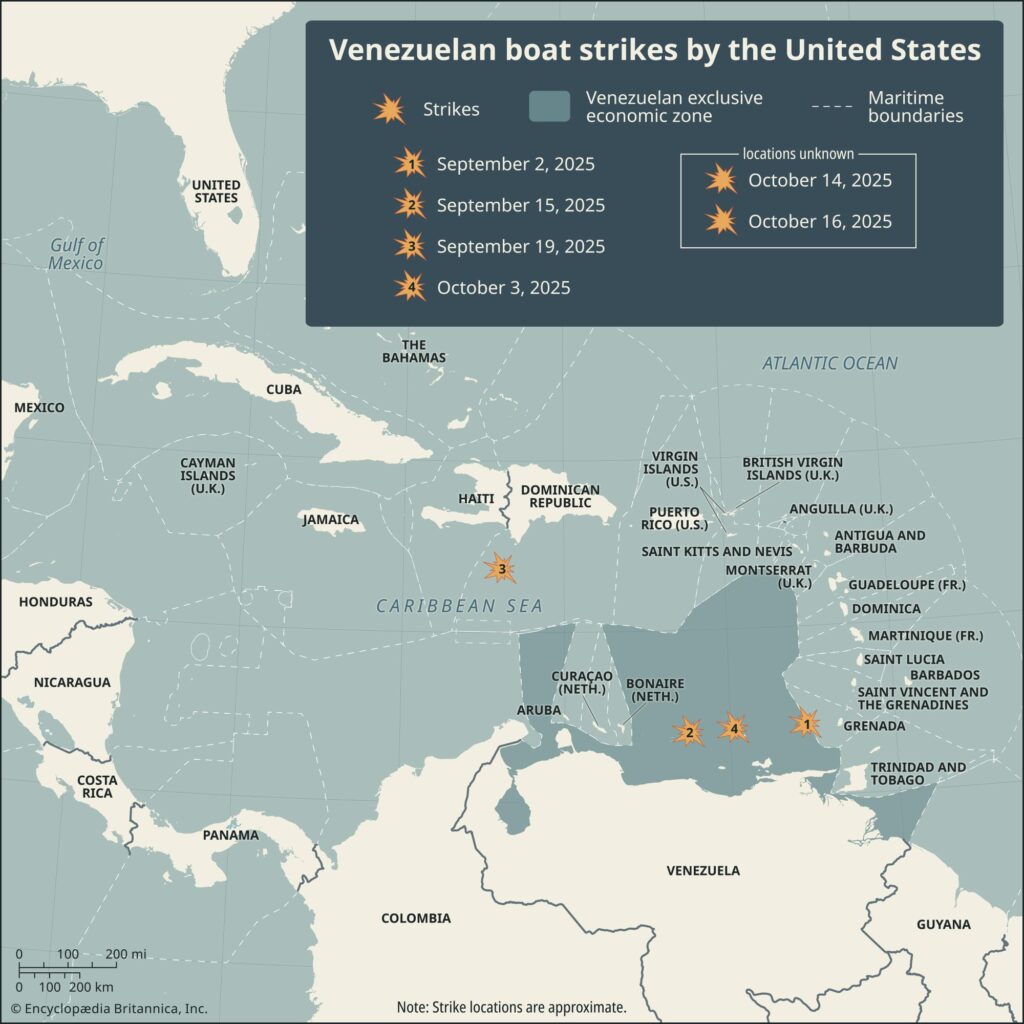Emerging Sea/Air Corridors, Port Nodes, and Gold-for-Cash Loops
The collapse of Venezuela’s oil model didn’t quiet its criminal economy — it rewired it. What used to be state revenue is now cartel revenue, and the geography of extraction, transport, and money-laundering has shifted into a set of “hot routes” that make Russia’s Siberian smelts look quaint.
Strategic Pivot Points
- The Cartel of the Suns, tied to military elites and armed groups, now uses gold mining in the Orinoco Mining Arc as its anchor. Roughly 70% of Venezuela’s gold production is illegally mined and smuggled abroad.
- Using clandestine airstrips deep in the Venezuelan jungle, criminal networks move gold and drugs by private jets and light aircraft, then repatriate cash through free-zones or shell trading companies.
- Sea ports and Caribbean island hubs (Aruba, Curaçao) function as laundering nodes: gold is turned into cash or used to purchase weapons and fuel, then shipped onward.
The Transport Architecture
- Extraction: Illegal alluvial mining sites, often in protected jungle or Indigenous territory, are unregulated and controlled by armed actors.
- Transit: Gold and contraband move via riverine networks, light aircraft from remote airstrips, and maritime legs into Caribbean-adjacent ports.
- Conversion & Offshore Node: At the port or offshore hub, the gold is merged into legal streams or used as currency — sometimes melted, cubed, or swapped directly for fuel, guns, or cash.
- Re-investment: Proceeds feed the broader criminal ecosystem — labs, precursor imports, infrastructure for migration flows — and sometimes seep into major global markets.
Interdiction Escalation: The American Counter-Offensive
After months of growing intelligence cooperation in the region, Washington has pivoted to direct interdiction.
- Thirteen drug boats connected to Venezuelan trafficking networks were destroyed on the open seas in the past month, part of what military sources describe as a “rolling maritime disruption campaign.”
- President Donald Trump announced that the next phase of operations will target land-based infrastructure — airfields, refineries, and logistics corridors tied to the cartels’ export routes.
- A joint task force of U.S. and regional naval assets has been deployed across the Caribbean, backed by carrier-strike group USS Gerald R. Ford, to choke off smuggling lanes before they reach open water.
- Reports from intelligence circles indicate CIA involvement in supporting these interdictions through signal tracking and local network infiltration — a re-emergence of Cold-War-era shadow coordination in Latin America.
The result: the Caribbean is heating up, both literally and geopolitically. Interdiction is now kinetic, and the once-untouchable cartel sea lanes are being treated as hostile combat zones.
Why It Matters
- These routes create a dual threat to the U.S.: they degrade regional stability and embed illicit finance into global supply chains.
- They are far more resilient than “classic” narcotics routes. Destroy the lab? They shift to gold-for-fuel. Block a port? They reroute by air.
- U.S. sanctions were designed for banks and state actors — not jungle airstrips, mercenary pilots, and shell companies.
Strategic Focus Areas
- Maritime chokepoints: Identify and monitor Caribbean ports where gold and contraband are trans-shipped.
- Private aviation: Track light-jet registrations, remote landings, and cargo manifest anomalies in border zones.
- Financial plumbing: Follow gold flows into free-trade zones, identify refineries fueling the laundering, and trace downstream purchases of goods or fuel.
- State complicity: Locals and ex-military insiders confirm that operations are tolerated, if not facilitated, by Venezuelan military and proxy groups.
Citations
- ABC News – “US strikes suspected drug vessel for ninth time in Caribbean campaign” (October 25, 2025)
- Washington Post – “US launches additional drug-boat strike off Mexico’s Pacific coast, expanding interdiction campaign” (October 28, 2025)
- Washington Examiner – “Trump: Land targets next in Pentagon drug-trafficking crackdown” (October 23, 2025)
- Washington Post – “US aircraft carrier deployed to Caribbean in anti-cartel mission” (October 24, 2025)
- AP News – “CIA confirms limited operations in Venezuelan interdiction campaign” (October 22, 2025)
- Crisis Group – “A Curse of Gold: Mining and Violence in Venezuela’s South” (July 29, 2025)
- Mongabay – “Amid Venezuela’s illegal gold heist are armed groups, gangs, elites” (October 2, 2025)
- Brookings – “Venezuela’s gold: 10 ways to address illicit financial flows” (December 1, 2022)
- Pulitzer Center – “How Venezuelan Gold Is Trafficked Through Brazil’s Borderlands to the U.S.” (May 26, 2023)


Pingback: Money Plumbing 101 - #TCOT Reporter